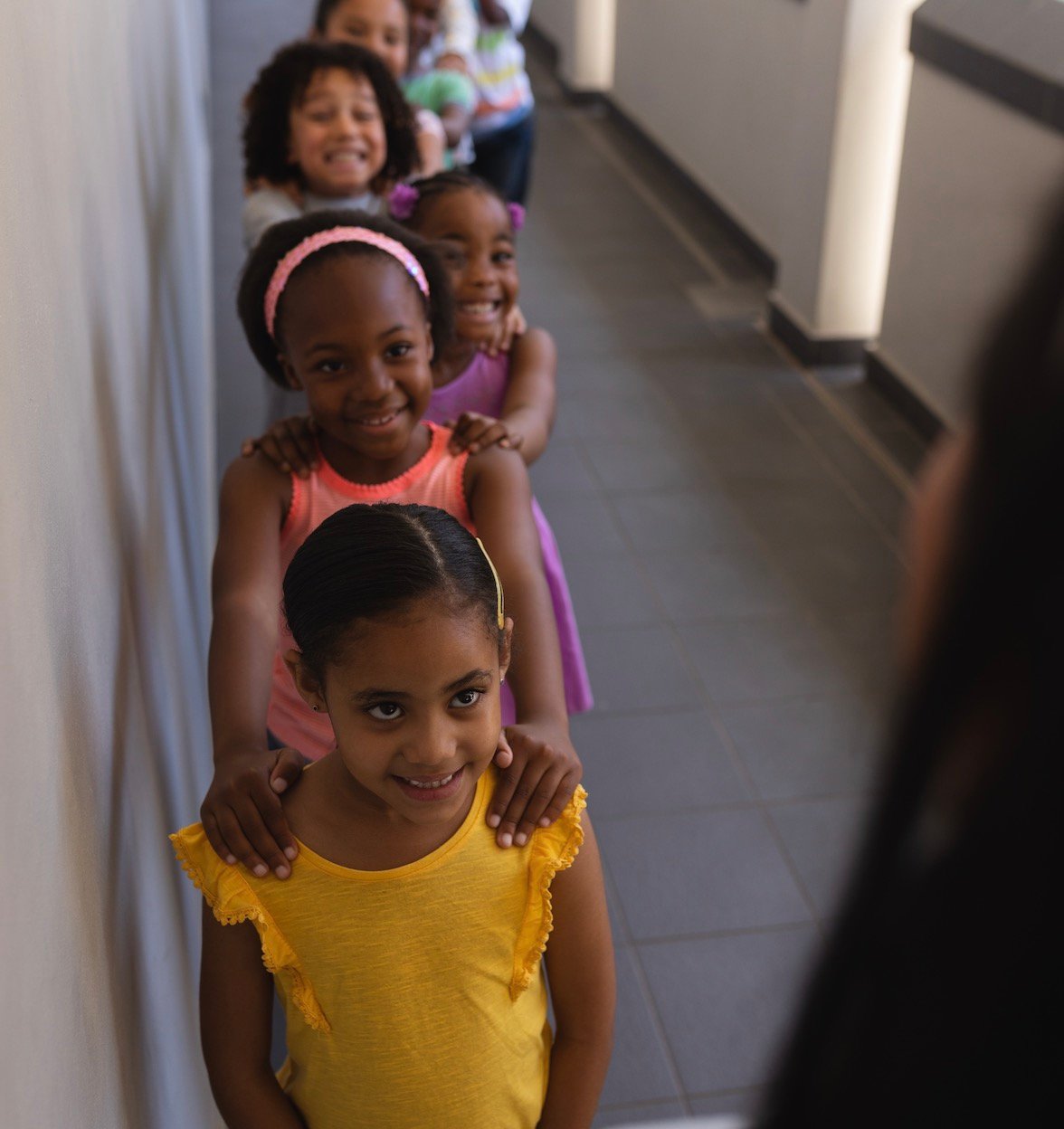
Difference between Grade R and Grade RR
The difference between Grade R and Grade RR lies in their placement within the early childhood development phase in South Africa:
- Grade RR, also known as the Reception Year, is designed for children who are turning five years old, serving as a preparatory year before formal schooling begins.
- Grade R, on the other hand, is intended for children turning six and is considered the official entry level of formal education, directly preceding Grade 1. This arrangement allows children in Grade RR to develop basic skills and social readiness, which prepares them for the more structured learning environment of Grade R, where they start to engage more formally with the foundational concepts needed for primary school.
--- Advert ---
Overview of Grade R and Grade RR
In the South African education system, Grade R and Grade RR are both part of the early childhood development (ECD) phase but cater to different age groups and developmental stages. These grades are crucial as they prepare young children for the formal learning environment that begins in Grade 1.
Grade RR: The Reception Year
Grade RR stands for “Reception Year minus one” and is typically for children who are four turning five years old. This grade serves as an introductory stage to formal education but remains less structured compared to Grade R. The focus in Grade RR is primarily on:
- Social Development: Helping children learn to interact with their peers in a school setting.
- Basic Skills Development: Introducing basic concepts of numbers, letters, and colors through play-based learning.
- Emotional Readiness: Preparing children emotionally for the structure and expectations of a formal school environment.
Example: In a Grade RR classroom, you might see children engaging in free play, simple arts and crafts, and listening to storytime that aims to develop listening skills and initial literacy.
Grade R: The Gateway to Formal Education
Grade R is for children who are five turning six and is officially recognized as part of the South African school system, directly preceding Grade 1. Grade R is more structured and aims to bridge pre-school education and formal schooling by focusing on:
- School Readiness: Emphasizing skills that prepare children for the academic and social demands of Grade 1.
- Literacy and Numeracy: Introducing structured activities that promote basic reading, writing, and mathematical understanding.
- Physical Development: Encouraging activities that refine motor skills necessary for academic tasks like writing.
Example: In a Grade R classroom, activities are more structured with specific learning goals, such as learning to count to 20, recognizing letters and their sounds, and following routines that are similar to those in formal schooling.
Key Differences Summarized
The key difference between Grade RR and Grade R lies in their educational goals and the readiness level they prepare the children for. Grade RR is about easing children into a learning environment with a focus on play and basic skills, building their confidence and curiosity. In contrast, Grade R is about preparing children for the more rigorous and structured environment of Grade 1, with a stronger emphasis on academic skills and social behavior that align with primary schooling expectations. This structured progression ensures that each child develops the necessary skills and maturity to handle the demands of formal education starting in Grade 1.
